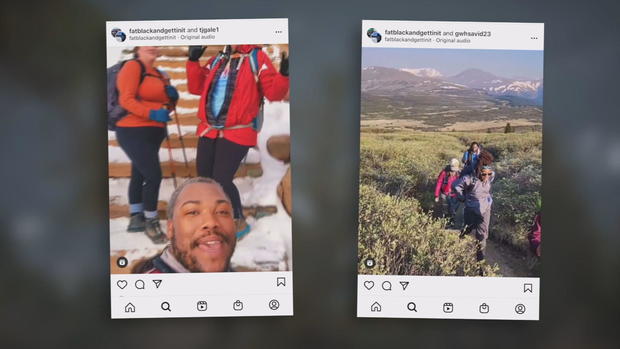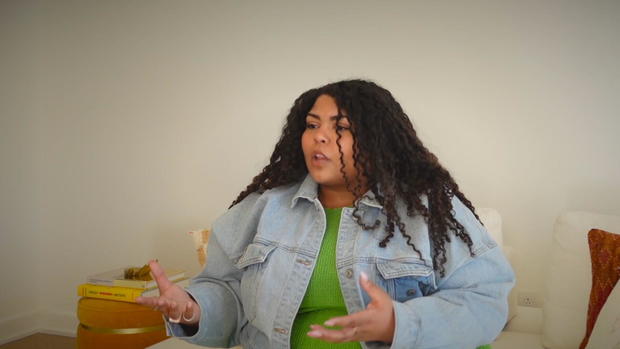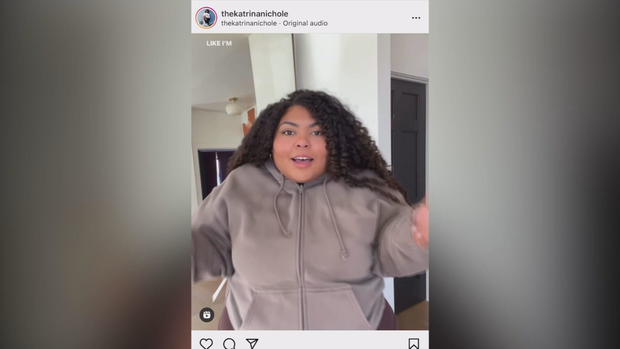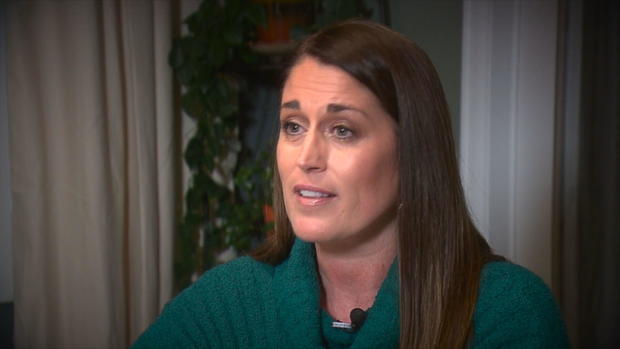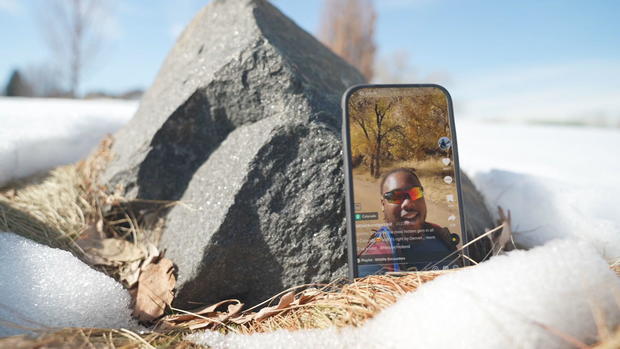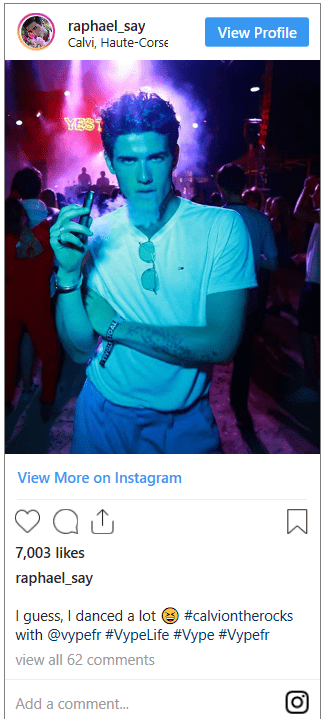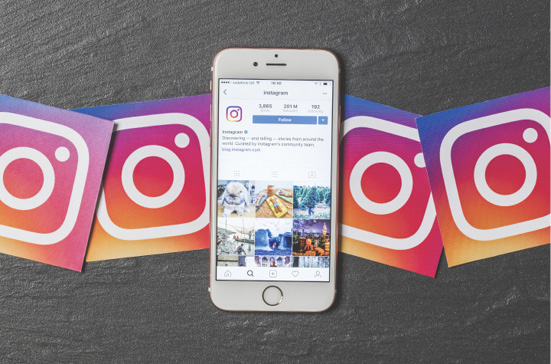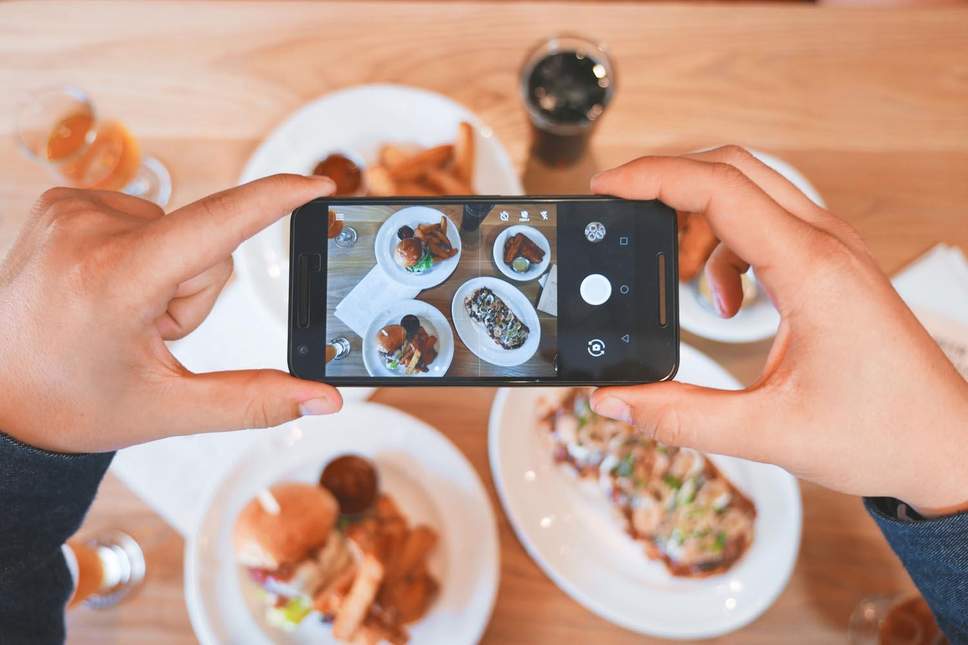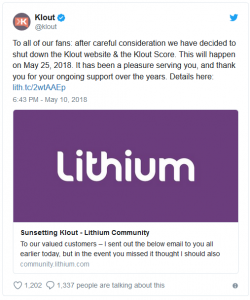The convergence of ecommerce with social media influencers creates a dynamic symphony of trust, engagement, and sales.
The digital revolution in ecommerce has brought forth numerous innovations, with the role of social media influencers standing out distinctly. These online mavens, each with distinct flair and following, are crafting a new narrative in online marketing. Central to this transformation is social commerce, an innovative strategy that weaves shopping into the tapestry of social media.
Unpacking the phenomenon of social commerce
Social commerce signals a paradigm shift in how consumers experience online shopping platforms. Rather than the traditional browsing and searching, it offers a richer, more engaged shopping journey. Modern consumers, especially those in the millennial and Gen Z demographics, are tightly intertwined with their social media accounts. Platforms like Instagram, TikTok and Facebook aren’t just for entertainment; they serve as lifestyle compasses, guiding users in everything from pop culture to shopping choices.
In this digital landscape, influencers have carved a niche for themselves. Their content, genuine and relatable, shines bright amid the bombardment of traditional advertisements. When these influencers vouch for a product, it’s seen not as a sales pitch but as a sincere recommendation. Augmenting this is the allure of convenience that social commerce brings. The process is incredibly streamlined; one can spot a product on a post or story, swipe or click on it, and be led directly to an online checkout. The entire experience is swift, smooth, and satisfying.
The inimitable role of influencers
At the core of the social commerce machine are influencers. These individuals, with their varied followings, are more than just digital personalities; they’re pillars of modern marketing. Unlike celebrities who might endorse various products, influencers are selective, ensuring their endorsements often stem from personal experiences and align with their brand. This selective approach, combined with their domain-specific expertise, makes influencers trust magnets.
For instance, a beauty influencer’s tips on skincare are valued because they’re backed by experience, while a tech influencer’s gadget review is awaited for its depth and authenticity. Additionally, influencers prioritize engagement. Their interactions aren’t limited to broadcasting content. They chat, conduct polls, share snippets of their lives, and create a shared digital space with their followers. This two-way communication fosters a bond, a digital kinship that’s deeply valued. Another feather in their cap is their expertise in visual content. In an age where visuals dominate, influencers, with their compelling images, videos and stories, hold their audience’s rapt attention.
Strategic collaborations for mutual growth
The collaboration between brands and influencers is multifaceted. There is sponsored content, where influencers create posts or videos infused with their personal experiences with products. While promoting, they ensure transparency, often tagging these as #ad or #sponsored. Then there’s affiliate marketing, a performance-centric approach where influencers reap rewards based on the sales generated via their unique links.
Some collaborations transcend regular promotions. Think of a renowned beauty influencer launching a limited-edition product line with a major brand. Such initiatives blend the influencer’s personal brand with the product, promising authenticity and unparalleled quality. Beyond these, some brands envision a longer journey with influencers, turning them into brand ambassadors. This deep relationship ensures that the influencer becomes an enduring face and voice for the brand.
Enduring impacts and considerations
The synergy between brands and influencers leads to tangible benefits. Enhanced brand recall, exponential growth in sales and spikes in website traffic are common positive outcomes. On the trust front, influencers act as a bridge, lending their credibility to the brands they endorse. However, like all strategies, this one isn’t without pitfalls. Over-commercialization can dilute an influencer’s authenticity.
Moreover, ensuring that the influencer’s personal brand aligns with the corporate brand is crucial. Then, there’s the challenge of measuring the intangibles. While metrics like clicks, views, and sales are straightforward, quantifying trust or brand perception remains nebulous. It’s also crucial to remember that influencer marketing isn’t an unregulated frontier. Clear guidelines, especially about disclosures, exist, and both brands and influencers must adhere to them to maintain credibility and avoid legal pitfalls.
Conclusion
The convergence of e-commerce with social media influencers creates a dynamic symphony of trust, engagement, and sales. For consumers, it offers a shopping experience that’s rich, trustworthy, and interactive. For brands, it’s a golden ticket to visibility and authenticity in a crowded digital marketplace. Looking ahead, with innovations on the horizon, this partnership promises to redefine the retail landscape further. In a rapidly evolving digital world, the bond between e-commerce platforms and influencers is beneficial and essential. They aren’t just changing the game – they’re crafting a new one for the next generation of online shopping.
BY KARTIK JOBANPUTRA
ENTREPRENEUR LEADERSHIP NETWORK® CONTRIBUTOR
Founder & CEO Benevolent by nature, Kartik is a diverse man of diverse and unpredictable choices, a serial entrepreneur. One may find him not just reading stoics or seizing the present like jumping off a plane. He is pro skydiver/licensed scuba. He doesn’t speak in hypotheticals and lives life by doing.




